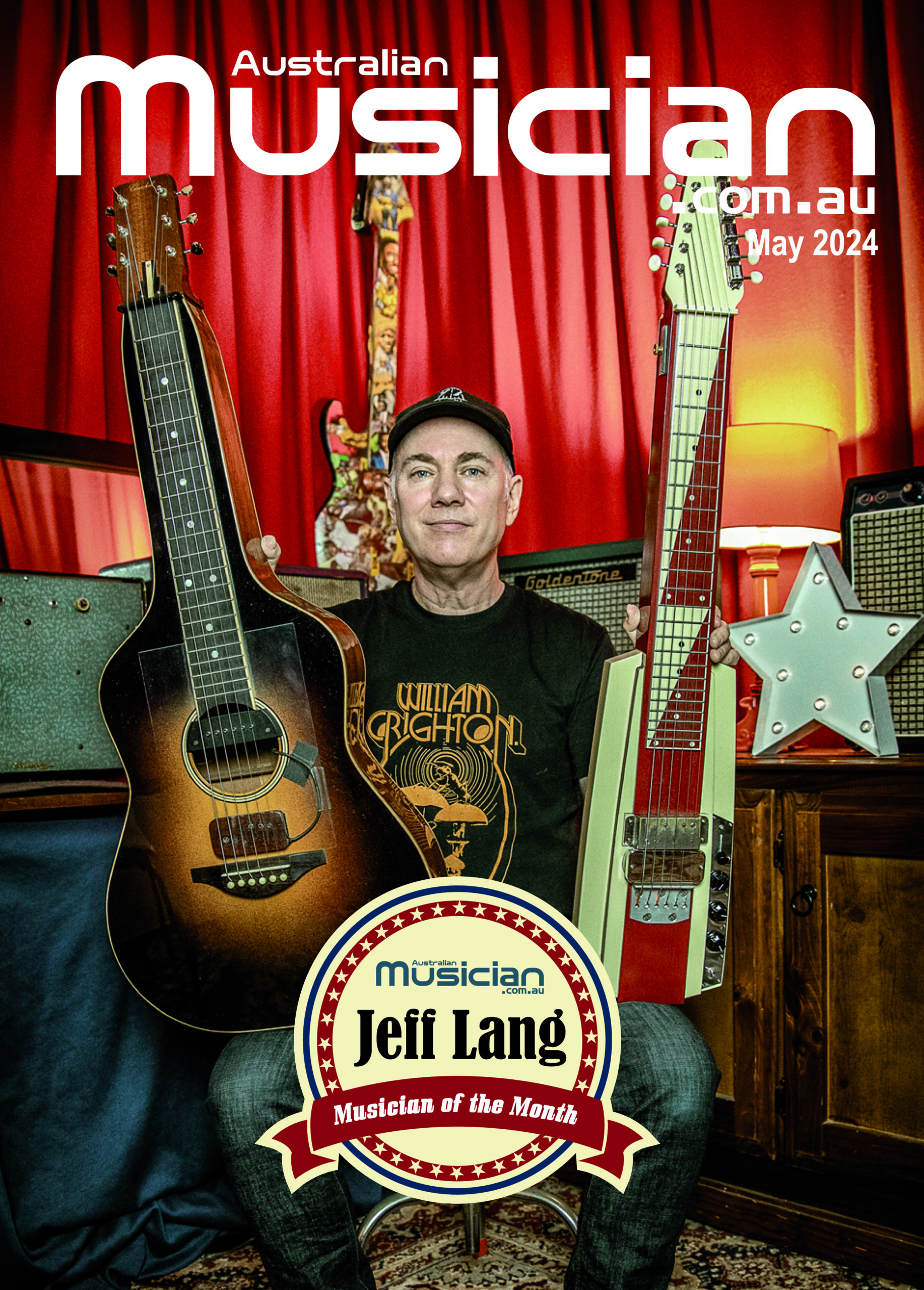ROLAND CUBE 30X AMPLIFIER
September 11, 2007 | Reviewer: Reza Nasseri
Distributor: ROLAND AUSTRALIA (02) 9982 8266
 The Roland Corporation was born in 1972, and although the name Roland conjures up images of a crimson-haired Scottish man with mutton-chops, the company was actually founded by the very Japanese Ikutaro Kakehashi. For those who don’t know, the guys at Roland also make those nifty Boss pedals we all love and Edirol gear too.
The Roland Corporation was born in 1972, and although the name Roland conjures up images of a crimson-haired Scottish man with mutton-chops, the company was actually founded by the very Japanese Ikutaro Kakehashi. For those who don’t know, the guys at Roland also make those nifty Boss pedals we all love and Edirol gear too.
Roland Cube amplifiers have been in production since 1978, and the relatively recent digital modelling frenzy associated with manufacturers like Line 6 actually first appeared in the VG8 V-Guitar system, then Boss GT5 pedal. Roland has taken its COSM tone modelling to the next level in recent years and the 30x illustrates just this.
This little amp that is built like a tank, but differs to the simple Cube of yesteryear, having more features than you can poke a tree at. It features two channel, 3-band EQ, 9 amp models, and 6 digital effects. On top of that, there’s a useful “Power Squeezer” button which attenuates the power to 2 watts, giving you a huge sound at volumes which would no doubt please your Mum. There’s even an onboard chromatic tuner which is a feature every serious guitarist needs.
The first channel, “JC Clean” models the famous Roland Jazz Chorus 120. The 3 band EQ is shared between both “Clean” and “Lead “so a compromise must be made when setting your EQ and switching between channels. The sound coming out of the clean channel was a touch warmer than the JC 120, and the onboard chorus and reverb sounded great with this tone.
The “Lead” channel features 8 models: “Acoustic”, “Black Panel”, “Brit Combo” “Tweed”, “Stack Classic”, “Metal”, “R-fier”, and “Dyna Amp”. The “Acoustic” model sounded far too twangy with my Fender Strat until I rolled all the treble down and started to experiment with the EQ. Next we have the “Black Panel”, named after the famous Twin “Blackface”, a favourite among blues, surf, rock and jazz guitarists. This model went from a warm sparkly clean, to a thick, juicy overdrive with the “Power Squeezer” engaged and the gain and volume cranked.
I could have sworn I was playing through a little Vox with the “Brit Combo”, and was able to achieve that glorious Brian May tone in my living room without making my neighbour’s head explode. Turning up the gain and volume opened up the heavens and made way for total harmonic bliss once again. This model alone is reason enough to buy this amp. The “Tweed” model attempted to mimic the tone of a vintage Bassman, but ended up sounding more like a Marshall Plexi, which isn’t a bad thing, it just lacked the big bottom end tone associated with the Bassman.
The “Classic Stack”, “Metal” and “R-fier” are essentially the high gain “homies” on this amp. The “Classic Stack” sounded similar to a Marshall 1987 JMP, the “Metal” tone did a fantastic Peavey 5150 impersonation, and the “R-fier” had a juicy “Boogie-esque” vibe that would satisfy most people. The final model on this amp is a corker once you get your levels right. The “Dyna Amp” actually adjusts to the dynamics of your picking, in order to create either a clean or saturated tone depending on how you strike the string. This feature is great if you’re into finger picking or want to bring your solos to life.
The in-built tuner works great when in chromatic mode, but can be annoying in manual mode, as you have to turn a knob in order to tune the next string. Onboard digital effects sounded cool, but like most basic multi-effects, subtlety is not an option. If you want a flanging sound, you’re most likely going to get hit over the head with it. The digital delay and reverb on the other hand, were the complete opposite and sounded like they’d belong in more expensive studio racks.
The bottom line is that if you are seeking classic clean to driven rock sounds at low volumes, then the Roland Cube 30x is a perfect practice amp for you


